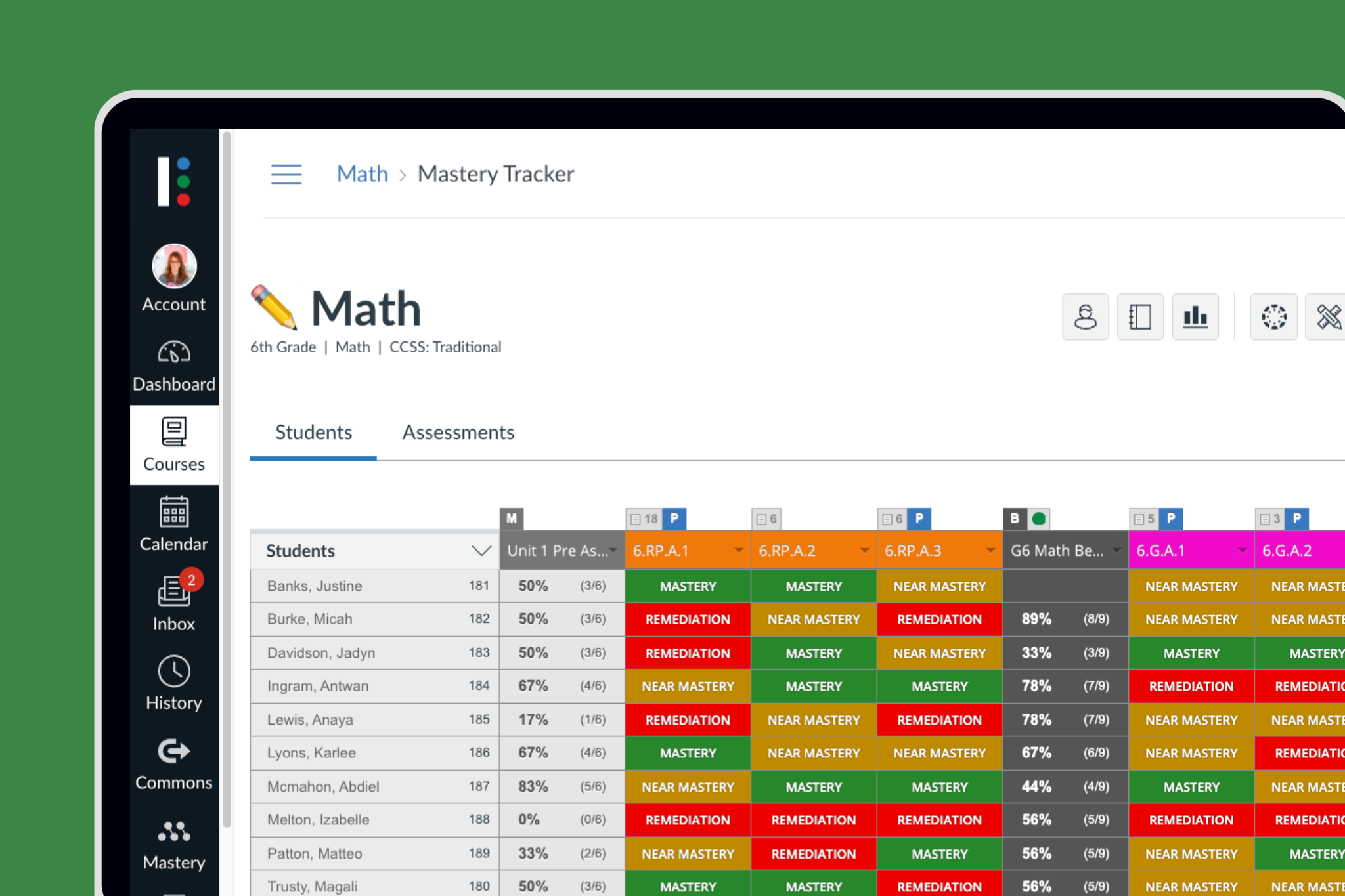The education community has been experimenting with ways to improve grading practices for several decades. Some of these efforts aim to improve educational outcomes for students. Others intend to increase student engagement in learning by making grading more transparent and meaningful to students. Unfortunately, many efforts to reform grading systems fail to address equity issues.
So how is equitable grading different from traditional grading? Equitable grading is the practice of assigning fair and meaningful grades to students, regardless of students' learning needs. Joe Feldman, founder and CEO of Crescendo Education Group, introduced this grading style with his research showing that most practices used by teachers today are more than 100 years old. Equitable grading forgoes the penalties on several measures of behaviors such as participation, attendance, homework completion, turning in assignments late, etc., and in turn, focuses more on assessments to measure content mastery. This allows students to focus on learning the material however they see fit for themselves while allowing the flexibility for students to handle external factors of their lives outside of the classroom. When teachers adopt equitable grading practices, they help level the playing field for all learners and ensure that their assessments are actually measuring what they intend to measure.
Why is Equitable Grading Important?
At its core, equitable grading should reflect a student’s mastery of standards and skills based on measurable objectives that paint a holistic picture of understanding. Too often, grades fail to show what students know and don’t know, making it difficult for students to know where they are in their learning, and for teachers to accurately and proactively address learning needs When grading varies from teacher to teacher with no clear criteria or baseline for best practices, underprivileged students often remain at a disadvantage.
A recent study found that up to 40% of traditional student grades include non-academic criteria that do not reflect student learning gains—including participation and on-time homework submission. As a result, traditional grading may pose barriers to underprivileged students—such as low-income or special education students—who are already struggling to meet academic standards. Further, knowing that grades are often a combination of a student's understanding of standards as well as soft skills such as attendance, involvement, and effort, the traditional grading scale rarely provides teachers with the actionable data they need to improve student understanding and adjust instruction.
Key Considerations for Equitable Grading Practices
Lead with a growth mindset
Mastery doesn’t happen overnight! Grades should inform and accelerate learning. This means providing students with multiple opportunities to submit and resubmit assignments to improve their scores and, most importantly, their understanding of a subject.
Aim for transparency in grading
Teachers should work together to ensure there is a shared grading process with detailed rubrics used to evaluate student performance. This allows students and parents to have a more clear understanding of what a grade represents.
Establish your grading policy
Grades should ultimately reflect what students know and can do, not how teachers perceive or interpret their behavior. Teachers should continually consider grade validity by asking themselves, “Do the grades I’m assigning mean what I say they mean?” Building grade objections and definitions into a grading policy creates a sound source of truth to refer back to.
Equitable grading starts with meaningful assessment
Assessments should be used regularly throughout the year to check for student understanding of a specific set of standards so instruction can be adjusted along the way. Start by balancing your assessment approach to include formative assessments that provide greater insights behind the grade.
Communication is key
Teachers should be clear about what is expected, how students will demonstrate their understanding, how they can improve, and where to go for additional help.
Grading for Everyone
Equitable grading is about recognizing that every student deserves a fair opportunity to succeed in school. By shifting away from inequitable practices, we can create learning environments that are more welcoming, more engaging, and ultimately more fair for all students.
Download How to Simplify Grading for Equity for more practical strategies to foster equitable grading practices.




